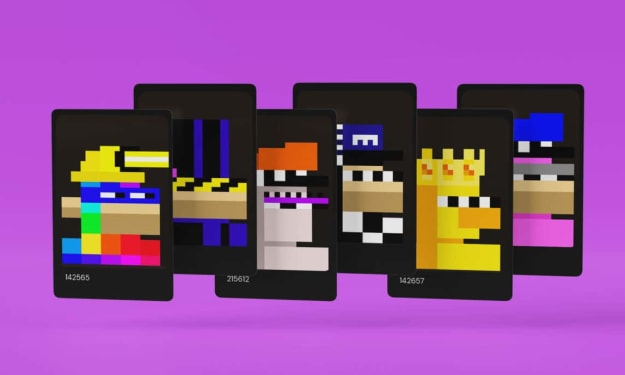How to Make a Mobile Wallet App: All-in-One Development Guide
How to Make a Mobile Wallet App

The mobile payment industry is on the rise.
According to statistics, the market will go through rapid growth in the years to come.
In 2019, over 950 million users relied on mobile payments. In 2023, the number of mobile payment transaction users will reach 1.31 billion.
Mobile wallets are digital wallets that store payment card information on mobile devices. They offer an innovative and more convenient way for making payments. Users don’t need to have their payment cards on them all the time to purchase something in stores. All they need is their smartphone connected to the internet.
As a part of learning how to make a mobile wallet app, let’s find inspiration by looking at some of the best mobile wallet apps on market.
- Google Pay
- Apple Wallet
- PayPal One Touch
- AliPay
KEY BENEFITS THAT MOBILE WALLET APPLICATIONS CAN BRING
Such applications can deliver a number of benefits to businesses from every industry.
- Accessibility
Mobile wallets allow making day-to-day transactions without carrying around physical cards. All they need is an app on their smartphone and a user ID.
- Access to money from mobile
Users can start making mobile payments in no time. Users need to connect their cards to the digital wallet and make payments right from their smartphones.
- Variety of use cases
Mobile wallets can be used for a range of uses. Users can pay for purchases, buy tickets, pay for online services and much more.
- Bills splitting
Depending on where you are using the wallet app, you can add the functionality allowing users to split the bill and send a link to users who needs to pay them money.
- Automatic payments
You can add the ability to set up automatic payments within your app so users won’t forget about them because of the hectic everyday life.
- Promotions & discounts
Digital wallets usually offer different promotions and discounts. You can reward users for buying at partners’ locations, for making a certain number of payments every month, etc.
TYPES OF MOBILE WALLET APPS
Generally speaking, mobile device wallet apps differ based on the type of payment processing.
Explore some of the most popular types of digital wallets:
- Wallets that use mobile communication provider to send and receive money
- Wallets that write off funds from banking accounts, cards or mobile services using SMS messages with a shortcode
- Wallets that make mobile web payments
- Wallets that use near field communication (NFC) built into smartphones for contactless interactions with payment terminals.
According to another definition, mobile wallet apps can be divided into three following types:
- Closed – mobile wallets that can be used with only one merchant.
- Semi-closed – wallets that can be used with many supported merchants.
- Open – mobile wallets that can be used with any merchants and provide access to multiple bank accounts.
Depending on the purpose of development, you might create an app that will combine a few of the technologies, allowing both mobile and NFC payments.
You can’t know how to make a mobile wallet app without understanding what technology such applications do.
Usually, mobile wallet apps use one or a combination of the following data transfer technologies:
- NFC
- Bluetooth and iBeacon technologies
- QR codes
MOBILE WALLET APP DEVELOPMENT: SERVICES & PROCESSES
The development of wallets for mobile devices is a process comprising different steps. Usually, development is divided into discovery and development stages.
1. DISCOVERY STAGE
The discovery stage is an essential part of app development. During this process, companies identify their business needs, identify them with technical requirements and match them with technologies available on the market.
2. DEVELOPMENT STAGE
During the development stage, the coding itself happens. Developers create the code base of your application, integrate it with third-party solutions, and implement custom features.
The development stage is traditionally divided between a number of phrases:
- Coding – code base creation, integration with SDKs, APIs, etc.
- QA & Testing – thorough application testing to identify any bugs that might interfere with the app’s use.
- Deployment – release of the developed app to the market.
- Ongoing development & Support – working on further app iterations, the addition of new features and platform support.
Learn more about how to make a mobile wallet app here.






Comments
There are no comments for this story
Be the first to respond and start the conversation.